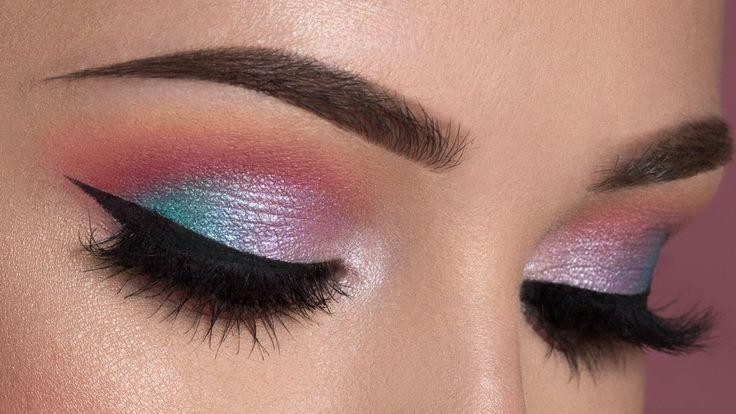Sponsored
What is the best carpet for pets?

What is the best carpet for pets?
Pet owners seeking the best carpet for their pets have two primary concerns: stain resistance and longevity. After all, pet messes, wear, and strain from four-legged traffic might degrade your carpet and limit its lifespan, but this appears to be a reasonable trade-off given the health advantages pets provide to their owners.
Many 21st-century consumers have added health and environmental concerns to their list of flooring objectives, and choosing a carpet that addresses these issues is becoming easier. But first, let's look at why most pets favor carpeting.
Contents
-
Why Pets Love Carpets
-
Key Carpet Factors to Consider
-
Carpets are made specifically for pets
-
Maintenance is key
Why Pets Love Carpets
What makes carpet a good floor covering for pets? Wall-to-wall carpeting is more comfortable for pets; after all, many pets spend a lot of time resting on the floor, causing envy in their owners.
Carpet is also a non-slip surface, making it safer for animals whose footpads tend to slide on tile and hardwood flooring. Finally, carpet absorbs sound, making your home a more relaxing place to live. That is, unless you are one of the few people who enjoys the constant sound of pet claws scraping across hardwood.
Due to its ability to collect dust and pet dander, people often view carpeting as a source of asthma and allergies. After all, we frequently equate medium- and deep-pile carpets with dust, filth, and crumbs. Don't worry! Wall-to-wall carpeting, according to the Carpet and Rug Institute, retains allergens until you can sweep them away.
Deep pile carpets prove to be the optimal choice for allergy sufferers, provided they receive periodic vacuuming and deep cleaning. However, most allergy experts continue to advocate hardwood or tile flooring.
Key Carpet Factors to Consider:
If carpet is your preference, take into account the following factors when making your decision:
Materials
Typically, manufacturers produce carpets from wool, a natural fiber, or synthetic fibers like nylon, olefin, and polyester. Wool carpet is the softest and most luxurious; it is naturally flame-resistant and degrades more quickly in landfills, but it is more expensive than synthetic carpet and has no stain protection.
The most popular carpet fibers are polyester or nylon because they are naturally stain-resistant, long-lasting, and inexpensive. Nylon and polyester carpets are also excellent choices for households with children and pets. Olefin and polyester are cheaper than nylon but less durable. [Source: Bernick, Tremblay, and Williams].
Volatile Organic Compounds (VOC)
Carpet and other typical household materials may contain VOCs. These compounds can irritate the eyes, nose, and throat and have neurological effects.
The Carpet and Rug Institute's Green Label certified low-VOC carpets, which contain reduced amounts of VOCs. Frequently manufactured from recycled materials, newer carpets may also use less water and energy.
Carpets are made specifically for pets
Some carpets are specifically engineered to keep pet stains from soaking through to the carpet padding, where moisture can cause bacteria and mold growth.
Consider carpet tiles, which make it easy to replace damaged pieces of carpet. Some colors or patterns are better at hiding pet hair than others, so keep this in mind when selecting new carpet.
Maintenance is key
After you've installed your gorgeous, new, pet-friendly carpet, make sure you clean it regularly and thoroughly. Keeping carpet clean and dry helps to minimize mold growth.
To care for your carpet, consider a vacuum authorized by carpet showrooms in Dubai Green Label program, which can reduce airborne dust by 94%.



